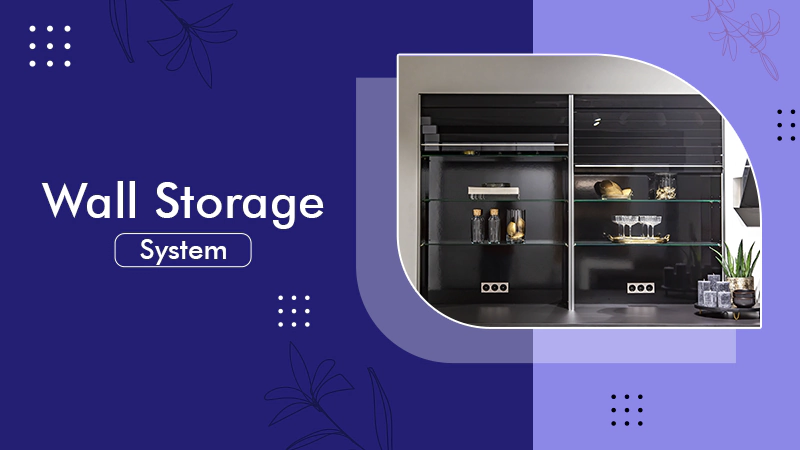In engineering, where precision and reliability are crucial, testing methods must ensure accuracy. Spin testing serves as a cornerstone for validating the safety and performance of rotating components, replicating real-world conditions to confirm they can endure operational stresses while remaining reliable. This article delves into the importance of spin testing, its applications, and how it contributes to the safety and durability of engineered components across industries.
What Is Spin Testing?
Spin testing is a specialized evaluation process used to analyze the performance of components under high-speed rotational forces. During the spin test, a component is rotated at speeds exceeding its normal operational limits. The goal is to simulate the stress and strain experienced during real-world use.
The testing setup typically involves mounting the component in a secure chamber equipped with high-speed rotating mechanisms and data acquisition tools. Sensors monitor the component for any deformation, failure, or imbalance. By observing these factors in a controlled environment, engineers can gather essential data to refine designs and improve reliability.
Building Safety into the Engineering Process
Safety is a paramount concern in engineering, particularly for machinery with rotating components like turbines, rotors, and clutches. Spin testing plays a critical role in identifying vulnerabilities before products are deployed. By subjecting parts to extreme forces, engineers can determine their breaking points and overall durability.
For instance, materials may exhibit stress fractures or other weaknesses under high-speed conditions. Spin testing uncovers these potential hazards, allowing engineers to adjust materials or designs as needed. This proactive approach not only prevents potential failures but also helps safeguard operators and machinery. Moreover, spin testing aligns with industry safety standards by ensuring components meet rigorous specifications. This compliance is crucial in aerospace and power generation sectors, where even minor failures can have catastrophic consequences.
Ensuring Reliability through Real-World Simulation
Beyond safety, reliability is a key consideration for any engineered product. Machines must perform consistently under various conditions to fulfill their intended purpose. Spin testing ensures that components can operate effectively over time, minimizing risks of unexpected breakdowns or operational inefficiencies.
The process evaluates balance, alignment, and durability, helping engineers refine designs to enhance performance. For example, unbalanced components can lead to vibrations that affect machine operation or shorten its lifespan. Spin testing eliminates these issues by allowing engineers to make precise adjustments. Furthermore, this method helps uncover hidden defects, such as microscopic flaws in materials or irregularities in manufacturing processes. Identifying and resolving these issues early reduces downtime, prevents costly repairs, and boosts customer confidence in the product.
Specialized Facilities for Accurate Testing
Spin testing requires advanced facilities with highly controlled environments. These specialized setups are equipped with high-speed spinning equipment, safety enclosures, and precise measurement tools to ensure accuracy and security during tests. High-strength enclosures protect against debris or component failure during extreme rotational speeds. Data acquisition systems capture detailed information, including stress distribution, deformation, and thermal effects, providing engineers with actionable insights. Such facilities are crucial for industries requiring precision, such as aerospace, automotive, and power generation.
Applications across Diverse Industries
Spin testing’s versatility makes it essential across numerous industries. Each application benefits from its ability to simulate real-world conditions and validate the safety and reliability of critical components.
- Aerospace: In aerospace engineering, spin testing is vital for turbines, rotors, and jet engine components. These parts operate under extreme conditions, and spin testing ensures they can withstand the centrifugal forces generated during flight.
- Automotive: The automotive sector uses spin tests for parts like flywheels, clutches, and driveshafts. These components experience high rotational speeds and require impeccable balance and durability for safe vehicle operation.
- Power Generation: Turbines in power plants undergo rigorous spin testing to confirm their ability to withstand constant stress while maintaining efficiency.
- Manufacturing: Industrial machinery, such as pumps and compressors, relies on spin testing to validate the stability and reliability of rotating elements.
Each of these industries benefits from the detailed data spin testing provides, enabling engineers to optimize designs and materials for enhanced performance and longevity.
The Role of Advanced Facilities in Precision Spin Testing
Specialized spin testing facilities offer controlled environments and advanced equipment for accurate evaluation of high-speed components. Designed to handle extreme rotational forces, they ensure safety and precision. With high-strength enclosures, advanced balancing systems, and real-time data tools, engineers can test components like turbines and rotors under realistic conditions. These insights refine designs, ensure compliance with standards, and prevent failures in critical applications.
Spin testing is a vital method for ensuring rotating components’ safety, reliability, and performance. By replicating real-world conditions, it provides invaluable insights into how materials and designs respond to extreme forces. This allows engineers to identify weaknesses, optimize performance, and align with industry standards. From aerospace to automotive and power generation to manufacturing, spin test methods safeguard critical operations while driving innovation and sustainability. As industries evolve, this precise and controlled testing process will remain indispensable in creating efficient, durable, and reliable engineering solutions.










